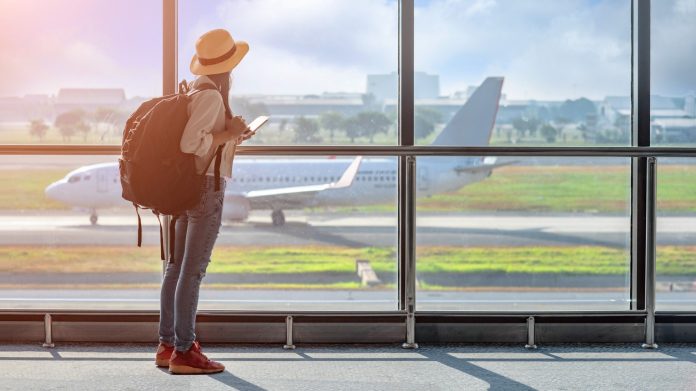Asia tourism and medical tourism is unlikely to fully recover for another two years. According to the Economist Intelligence Unit (EIU) Travel-ready index for 2022, the tourism sector in Asia and in particular North East Asia will return to pre-pandemic tourism levels in 2024 at the earliest.
The Asian continent looks set to feel the effects of the pandemic for a longer period compared to western countries, which have been rapidly reopening to the world. The main reason for this is China’s very strict entry and departure policies, as the country is a key source market for most destinations in the region.
Some countries least ready for the tourism recovery include Taiwan, Japan, Laos and Brunei, as well as China, which is set to continue with its COVID-19 policy until 2024. This will also affect the territories of Macau and Hong Kong.
Despite the improving health situation in the country, Japan’s government has only allowed 10,000 travellers per day since April, and this does not apply to leisure tourists. Prime Minister Fumio Kishida has said that an exact timetable has not yet been decided for the return of foreigners.
While countries in Europe and North America have been going back and forth between closures and openings in the last two years, Asian countries are much more cautious.
The tourism sector in Asia is essentially starting from zero. The most difficult part will be negotiating with airlines, which are currently very careful about planning future routes due to the overall volatility of the environment.








 ©2024 All rights reserved LaingBuisson
©2024 All rights reserved LaingBuisson 


